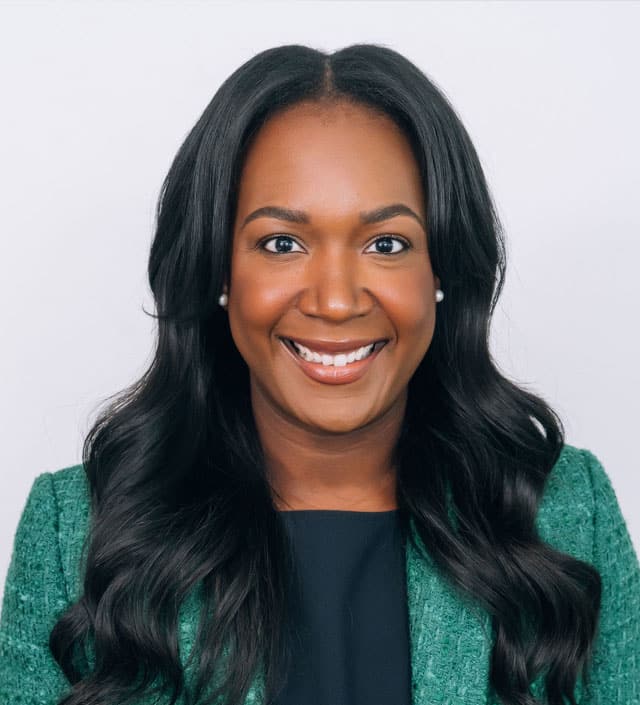A home is often one of a client’s largest assets, but the equity in the home is often overlooked as a source for retirement spending. The general assumption is clients will need somewhere to live, and it’s often unpopular to ask them to reduce their standard of living in retirement. But the home often plays a bigger role in multigenerational planning — and specifically in special-needs multigenerational planning.
During my 10 years doing comprehensive financial planning, I’ve typically seen homes come into play when there is something unique about the home or when the kids or other family members have a strong attachment to it. Families with special needs may have designed or installed unique features in their homes to accommodate the family member’s disability. I work with one family who adapted their entire home for their son. It includes ramps, an elevator and a special shower.
Is it a plan or an assumption?
A big decision for special-needs families is whether a child should remain in the home throughout their lifetime or as long as possible. There is no “one size fits all” in this scenario, but there is a framework to work through to help a family make a decision. First and foremost, as with any financial plan, is to determine the family’s desire. What has their plan been and how have they put it in place? At this point, it’s important to help the family distinguish between a “plan” and an “assumption.” Whoa. Those are two very different things.
An assumption would be “I always assumed my son would live in the house. He’s used to it, he’s safe here, and now he always knows he has a home he doesn’t have to pay for.” A plan would include the details and supports that actually make sure that happens.
A plan for a special needs family member to live inside the home should hinge on the assessment of the person’s ability to live independently, the support they have in place now, and the framework in place to make sure they have that support in the future. If you read my first article about unpaid supports, you will remember that the average family provides 57 hours per week of unpaid supports to their family member with a disability. How much of that labor is going towards helping their child live in the home?
A real example
Let’s look at Frankie, whose name I’ve changed here to protect the family’s privacy. We walked the family through a series of questions and analyzed the supports Frankie currently receives. He is verbal and analytical, he dresses and feeds himself, and he can read and write. He doesn’t need special clothes or special foods. Yet at age 45, Frankie was not grocery shopping or doing any home maintenance, landscaping, house cleaning or other chores necessary to care for a home. We took several steps with this family.
First, we helped Frankie enroll in a series of classes designed to help him learn the skills he will need for self-sufficiency and independent living. We also helped his family open an ABLE account for Frankie which gives him access to a debit card. He’s been practicing putting together a budget, purchasing items and taking responsibility for certain aspects of homeownership. (He started with cleaning and maintaining the gutters!)
We also wrote into the family trust that if Frankie’s parents are no longer on this earth, the trustee and the microboard will meet with him to help determine his needs and desires, and then make a recommendation about the house. More specifically, the house could be deeded to Frankie’s special needs trust, or it could be sold with the proceeds used to help set up Frankie in a different residence where he can live as independently as possible.
Frankie has a special needs trust because he is on Social Security Disability Income (SSDI) — this is based on his mother’s Social Security earnings record — and because he is on Medicare/Medicaid. He must make sure that assets in his own name are limited to under $2,000. Luckily, assets inside an ABLE account do not count toward that asset limit.
A robust yet flexible plan for the future
The question of whether to leave the family house to Frankie really relies on all three aspects of special needs planning: asset-protection planning, legal-protection planning and therapeutic/family-protection planning. Looking through all three lenses helped the family put together the appropriate plan for Frankie’s future. And it allowed the family to develop a plan that was robust, yet flexible. Frankie will be able to determine the best outcome for his success while receiving lots of support along the way.
Going through this process with a family will help them determine what to do with one of their largest assets — and how to use it effectively to take care of their loved one. If I leave you with one takeaway today, it’s to help your client differentiate between a plan and an assumption — and to help your client turn their assumption into a detailed (yet flexible) plan.
Kristin Carleton, CEO of Special Abilities Network, provides special needs planning by addressing the funding supports, legal strategies and clinical supports necessary for every member of the family. Her son Eli was born with a congenital brain disorder, which ignited her passion for planning for her son and daughter. Her life’s purpose is to pave the way for other families to be the heroes of their own stories. Kristin is honored to see families living their best lives and to be a part of those supports. She can be reached at 919-433-7713 or kristin@specialabilitiesnetwork.com.







